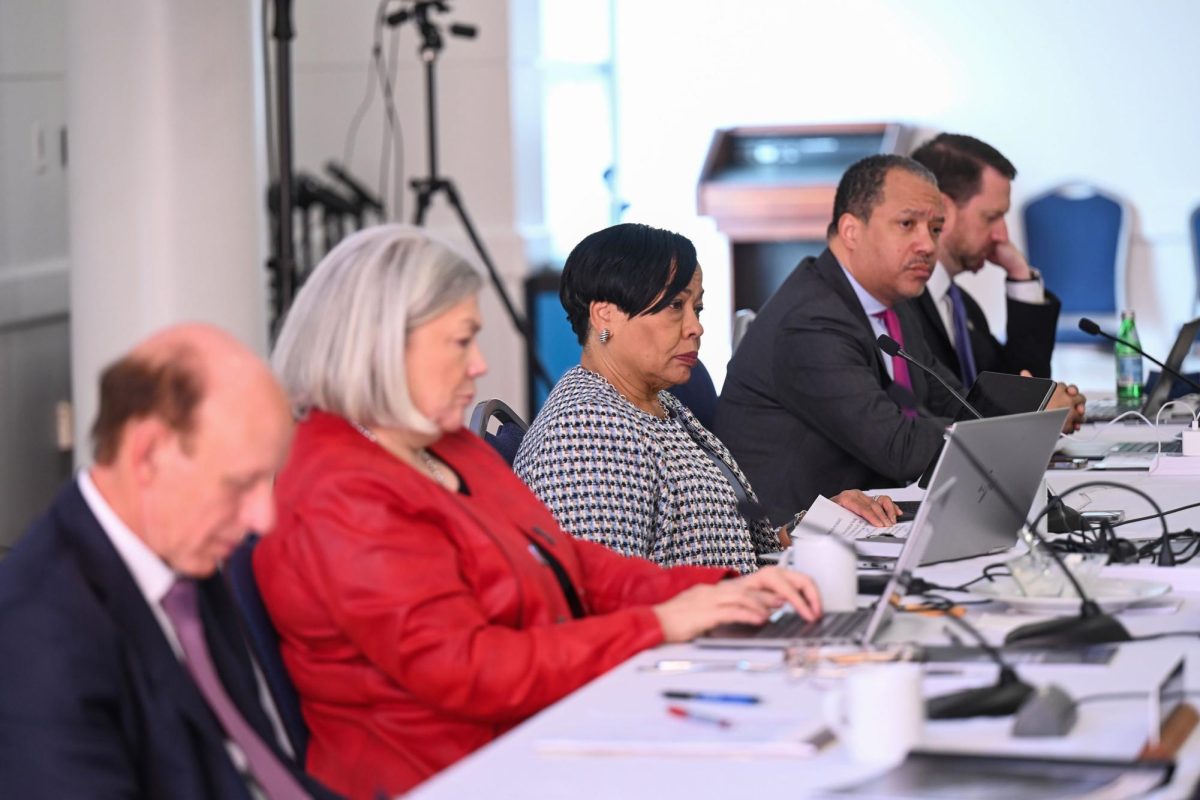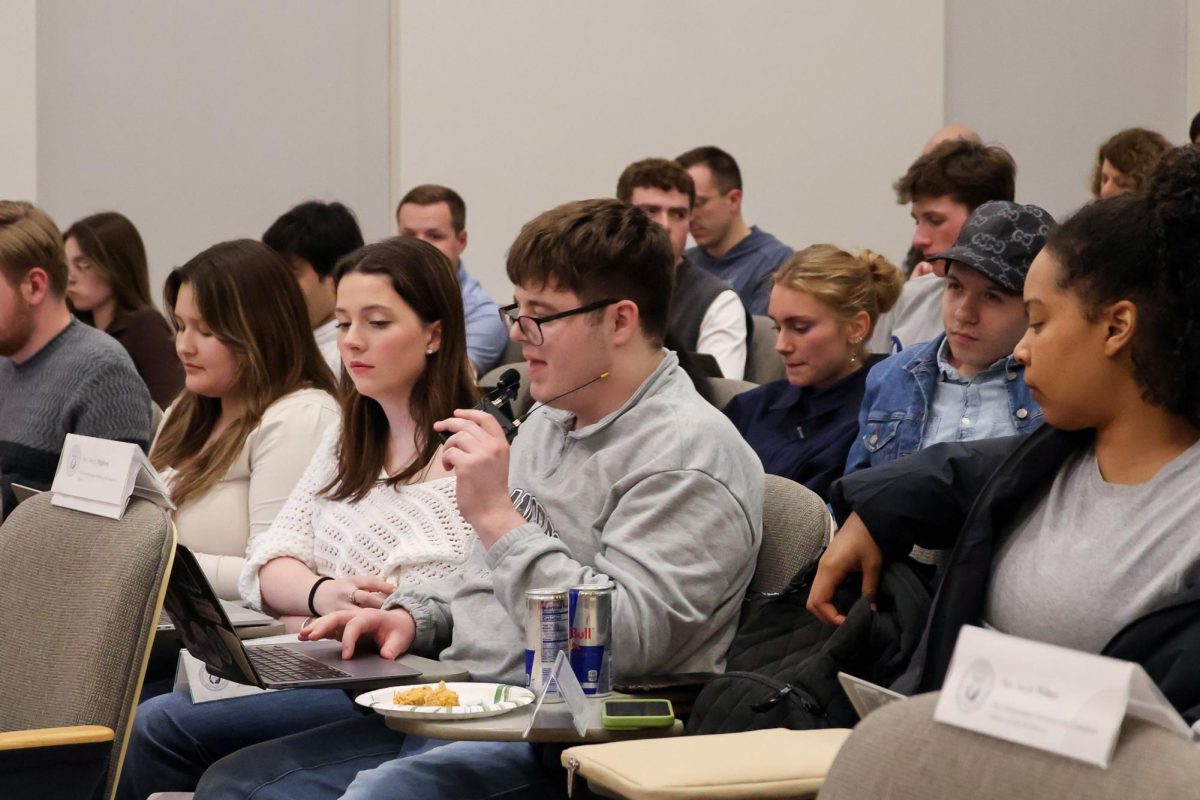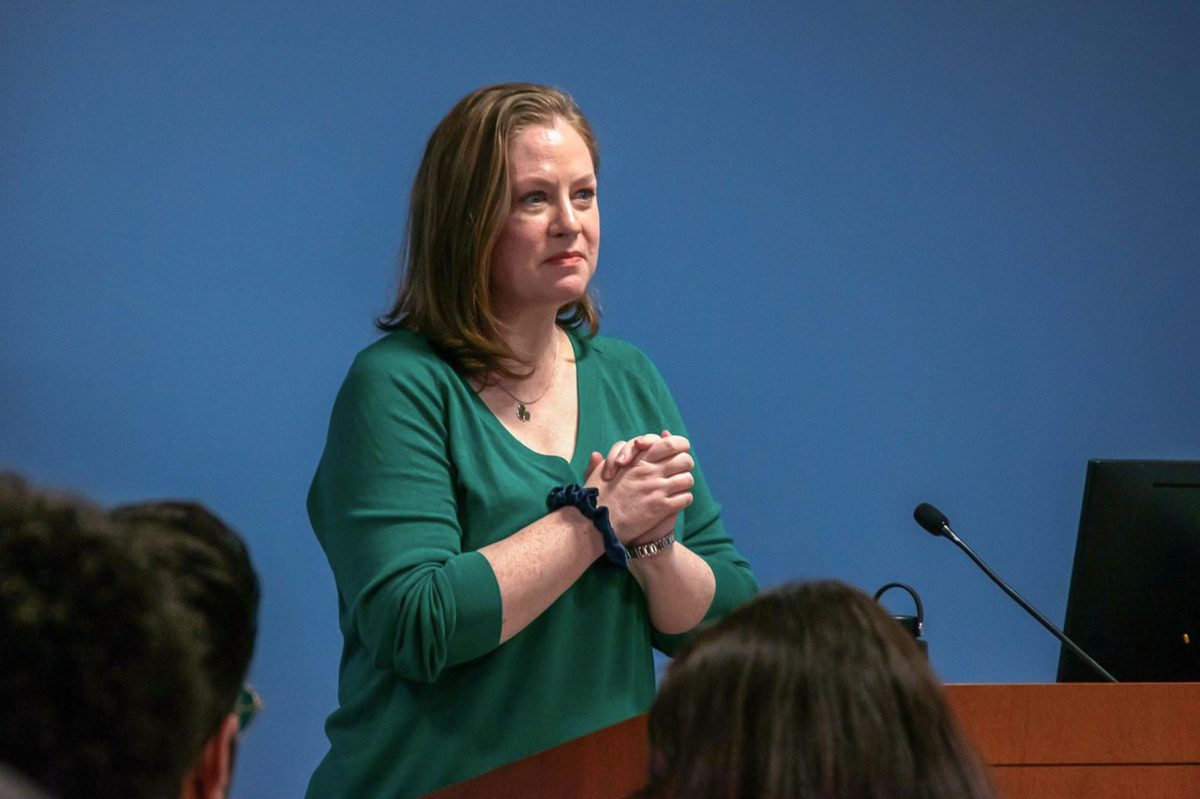Administrators managing GW’s enrollment are meeting daily to examine changes to students’ plans for the fall.
Jay Goff, the vice provost of enrollment and student success, said at a Faculty Senate meeting Friday that more than 150 incoming students plan to defer their enrollment, which is higher than normal. Officials are meeting daily to identify microtrends in enrollment and monitor the plans of individual students.
“We have started a new outreach and rapid response effort where we take some of the communication tools on the recruitment side to communicate with all of our students,” Goff said. “We’ve launched that program and are having really good success with it so far.”
Goff said more than 25,400 students have already registered for fall classes. Last academic year, the University enrolled 27,814 students, according to institutional data.
He added that 30 percent of students who accepted their offer of admission this year indicated on an earlier survey that they may change their decision if classes remain online this fall. Officials have only seen a decline of between 4 and 6 percent from their previous enrollment estimates based on current data, he said.
“We’re going to take a hit, but there are students committed to GW,” he said.
Goff said officials have also seen a “larger” decline in programs with heavier international populations.
Phil Wirtz, a faculty senator and professor of decision sciences and psychology, said officials should not be “second guessing” deans who have a “much better track record” on estimating enrollment.
“In the business school, I’ve been in touch with associate deans, and they’ve been telling me the situation is far rosier than the projections by the central administration,” Wirtz said. “Why are we not listening more carefully to people on the ground?”
Provost Brian Blake said administrators had to be “conservative” in their projections, and it is likely that more students will decide to not enroll this fall.
“The pieces we didn’t know in July when we made that assessment is we didn’t know if they were going to defer,” he said. “We didn’t know if they’d delay – that was always uncertain.”
Jamie Cohen-Cole, a faculty senator and associate professor of American studies, said an enrollment shortfall is “clear,” but the final number of students who will change their plans remains unknown.
“Did we fire people based on enrollment models that were worse than what happened?” Cohen-Cole asked at the meeting. “Did we move too fast? If we look at our competitors in our market basket schools, faculty have been hearing from peers at those schools that we’ve not seen enrollment declines anywhere near what we’re seeing here.”
University President Thomas LeBlanc said officials are working with the senate’s executive committee and fiscal planning and budgeting committee to make financial decisions based on the most updated projections.
“The provost is meeting more with the deans than any provost ever has had to,” LeBlanc said. “The idea that there’s this bifurcation that the deans are all-knowing and the administration is stumbling around in the dark is not fair.”








